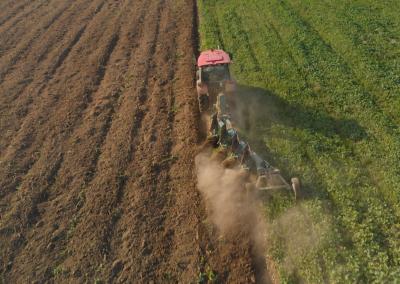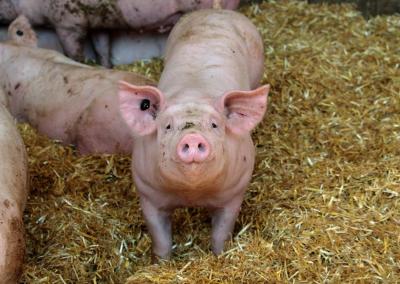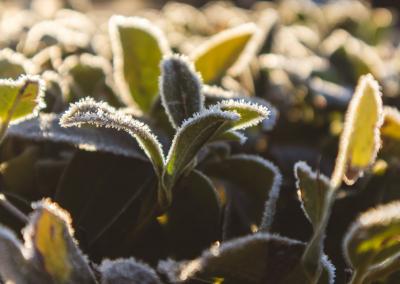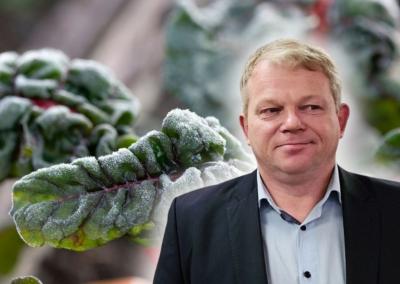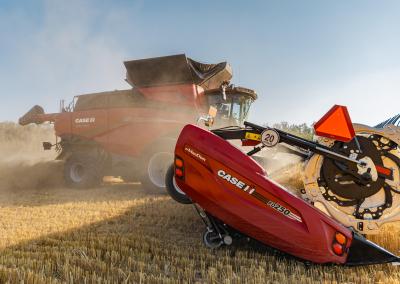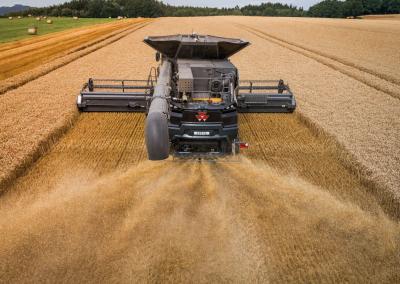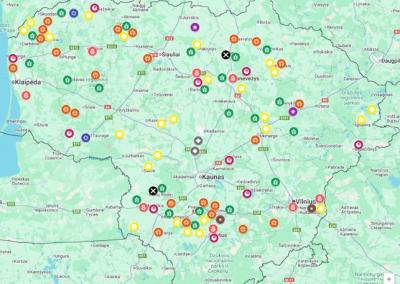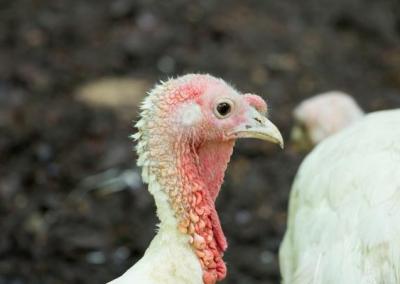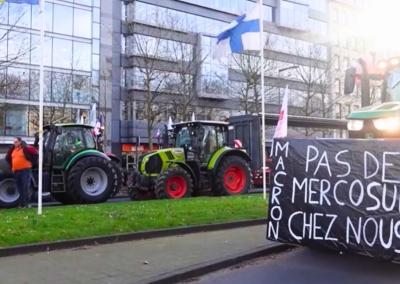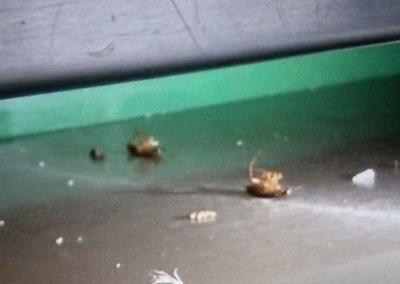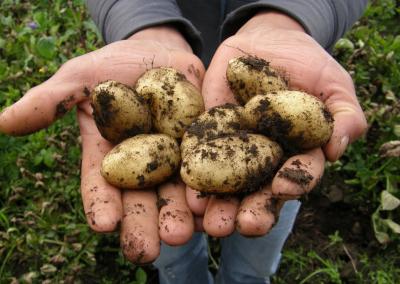Why cabbage tubers don't emerge
Cabbage is not an easy vegetable to grow. It has many problems: the roots rot, caterpillars and slugs attack, or the leaves turn yellow. However, even perfectly healthy cabbage seedlings can sometimes cause growers some anxiety. For example, when there are no cabbage shoots.
There are many reasons for the absence of sprouts. In some cases the weather is to blame, in others – growing conditions or growers' own mistakes. To have healthy cabbage heads, pay attention to the main factors that influence the development of heads.
Quality of cabbage seed
The dealer just happened to have poor quality seed material. For example, cabbages left in the vendor's base for seed were accidentally pollinated with another cruciferous plant, and the resulting hybrid is not in principle capable of forming cabbage clumps. The gardener unknowingly purchased such seeds, relying on what was written on the packaging.
Secondly, the seeds may be very good and of high quality, but they are intended to be grown in a different climate zone. The climatic conditions in your area are simply not suitable for these cabbages.
Too dark a place to grow
Cabbage – a light-loving plant. To establish cabbage heads, you need a place in the garden where it is sunny all day. Any tall plants that cast a lot of shade should be planted away from the cabbage bed. Otherwise, the cabbage will waste its energy growing upwards, but the cabbage heads will not be able to emerge.
Acidic soil is not suitable for cabbages
Kale likes soils with neutral acidity. If your soil pH is less than 6.5, cabbage will probably not like it. To raise the pH level, lime the soil by adding dolomite flour or wood ash.
Inappropriate cabbage starters
If the cabbage bed was preceded by its cruciferous relatives (cabbage, radish, turnip, rape, horseradish, mustard), then the chances of seeing cabbage heads will be significantly reduced. Pumpkins are also not suitable for cabbage in rotation. However, legumes, potato crops (tomatoes, potatoes, peppers) and onions have a positive effect on the formation of cabbage clumps as pre-crops for cabbage.
Return cabbages to the same bed after 3 years at the earliest.Cabbage planting mistakes
When planting cabbages, it is important to pay attention to the following points:
Planting time. Early varieties of cabbage are planted in the open field from late April to mid-May, medium varieties from late April to early June, late varieties from 10-30 May.
Planting scheme The correct spacing of cabbage seedlings must be observed. For early cabbages the row spacing is 50 cm, while for late and medium cabbages at least 70 cm is needed.
Temperature for outdoor cabbages
Kale is not a fan of high temperatures. They are most comfortable at 17-20°C. In hot weather, cabbage crowding slows down. The development of sprouts is also inhibited at low temperatures.
Tip: To protect cabbage heads from extreme heat, tie the leaves over the head, as if hiding it in a „flower bud“. Try not to break the leaves.
Insufficient fertilisation
Like any plant, cabbage needs extra nutrition with micronutrients. How do I fertilise my cabbage to make it form bushes? In late June & early July, cabbage roots can be fertilised by pouring 1 litre of azo-phosphate solution (1 matchbox diluted in 10 litres of water) or 1 litre of super-phosphate solution (20 grams per bucket of water).
Other tipsWatering A plant with such large leaves evaporates a lot of water every day. This loss of moisture must therefore be constantly replenished. This is especially true on hot days. Under each bush, enough water should be poured to moisten the ground by about 30–40 cm. This encourages the sprouting of cabbage heads.
Watering. Frequent watering causes the soil around the cabbage to compact and form a crust. This prevents the soil from becoming saturated with air and the cabbage stops growing. The soil must be constantly loosened to allow air to reach the roots.
Mulching In hot weather, the cabbage bed must be well mulched. This will help to prevent rapid evaporation of moisture and excessive overheating of the soil.

